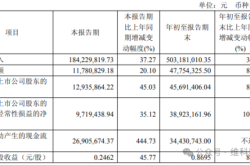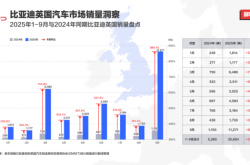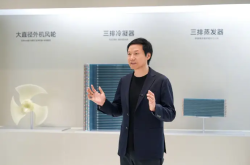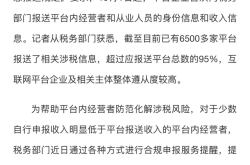Chinese vs Indians: Two Powerhouse Forces from the East Shaping the AI Era
![]() 03/19 2025
03/19 2025
![]() 543
543
"The future competition between China and the United States will be a competition between Chinese people on both sides of the Pacific Ocean."
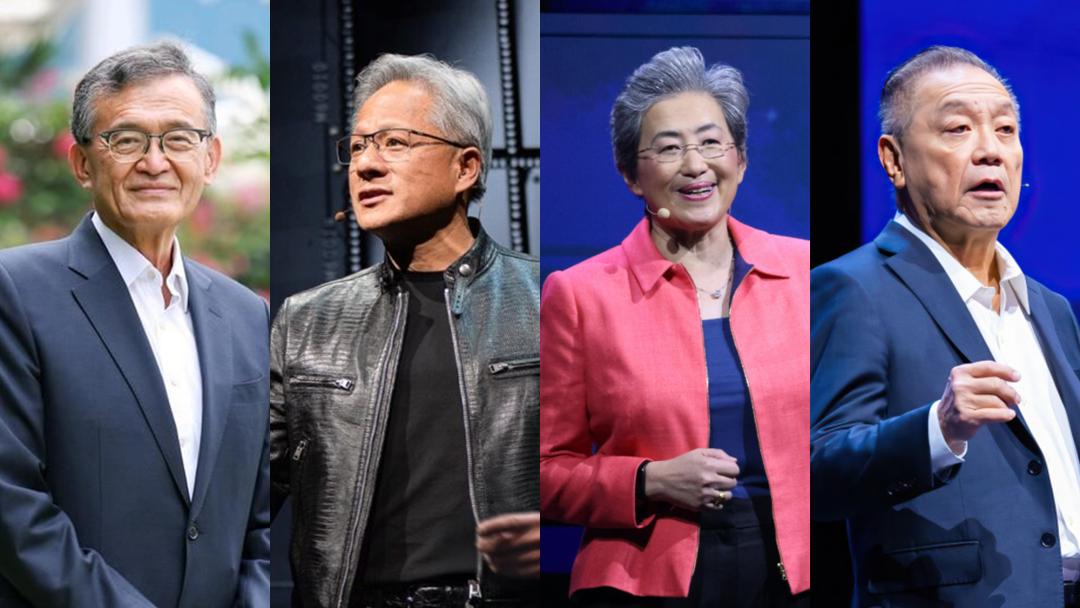
The prophetic value of this statement continues to grow as Pat Gelsinger assumes the role of CEO at Intel. At present, the "helmsmen" of the four major American chip giants (Intel, NVIDIA, AMD, Broadcom) are:
Intel: Pat Gelsinger, born in Singapore with ancestral roots in Fuqing, Fujian
NVIDIA: Jen-Hsun Huang, born in Taiwan Province, China, with ancestral roots in Lishui, Zhejiang
AMD: Lisa Su, born in Taiwan Province, China
Broadcom: Hock Tan, born in Penang, Malaysia
Collectively, these four Chinese CEOs oversee a technology empire worth $3.2 trillion, and their decisions directly influence the allocation of 95% of global semiconductor industry capacity. Silicon Valley has officially entered the era of "Chinese" leadership.
Meanwhile, Indians are not far behind.

Sundar Pichai of Google is integrating the Gemini large model into Workspace
Satya Nadella of Microsoft is revamping productivity tools with Copilot
Arvind Krishna of IBM controls the enterprise AI hub through Watsonx
These Indian-origin leaders also control 80% of global AI application entry points.
In the rapidly evolving landscape of global artificial intelligence, two forces are quietly vying for supremacy: on one hand, the Chinese community, which excels in AI basic research and hardware; on the other, the Indian community, which shines in AI commercialization and corporate management.
The new AI era in Silicon Valley has officially dawned.
If we divide the AI industry into four core levels—basic research, hardware support, software applications, and commercial operations—these levels form a complete AI industry chain, from theoretical innovation to market application, none of which can be overlooked.
01 AI Basic Research: The Chinese Theoretical High Ground
AI basic research embodies theoretical breakthroughs and algorithmic innovations in artificial intelligence, serving as the foundation for the entire AI industry. This field demands a robust background in mathematics and theoretical computer science and is primarily conducted in academic institutions and top research laboratories.
Chinese scientists have excelled at this level. Commencing with the ImageNet dataset created by Fei-Fei Li's team, Chinese scholars have occupied half of the seats of major top conference paper authors in recent years. For instance, in 2023, NeurIPS (the world's premier AI conference) had 27% of its papers contributed by China (ranking first globally), while India contributed less than 5%.
This advantage stems from the Oriental education system's meticulous refinement of STEM basic disciplines. Chinese students have amassed a total of 185 gold medals in the International Mathematical Olympiad. In comparison, the United States, which ranks second, has participated in this competition since 1974 and has won a cumulative total of 141 gold medals (in fact, many of these are still won by Chinese nationals).
Examples of prominent Chinese AI scientists in the field of AI basic research include:
Fei-Fei Li - Computer vision expert, former head of Google AI, founder of ImageNet
Andrew Ng - Machine learning expert, founder of Google Brain and Coursera AI courses
Song-Chun Zhu - AI cognitive science expert, driving the development of visual AI
02 AI Chips and Hardware: The Chinese Hardware Hegemony
AI chips and hardware serve as the physical carriers of AI computing power. The essence of the AI computing power race lies in the competition for chip architecture, encompassing various computing devices from GPUs to dedicated AI acceleration chips. This field requires a deep understanding of semiconductor physics and chip design, as well as advanced manufacturing processes.
Jen-Hsun Huang's CUDA ecosystem controls 95% of the global AI training market, and Lisa Su has led AMD to achieve a market share reversal from 3.8% to 25.1% in the data center GPU field. This hardware dominance rests on three pillars:
Wafer foundry: Asian companies such as TSMC dominate global advanced process capacity below 7nm
Packaging and testing: Chinese companies account for 61% of Chiplet technology patents
Equipment breakthroughs: Shanghai Microelectronics' 28nm lithography machine yield reaches 97% of international standards
The Chinese-dominated landscape in the global AI chip industry includes:
NVIDIA (CEO Jen-Hsun Huang) - The global AI chip leader, whose GPUs have become the standard configuration for AI computing
AMD (CEO Lisa Su) - Produces high-performance computing chips, rapidly rising in the AI computing market
Huawei Ascend, Cambricon - The backbone of China's AI chip industry, gradually breaking the US monopoly
03 AI Software and Applications: The Indian Software Empire
AI software and applications translate AI theories and hardware capabilities into practical products and services, such as large language models (ChatGPT) and AI image generation tools (Midjourney). This field necessitates strong software engineering capabilities and product design thinking.
As technology transitions into the productization stage, the software engineering prowess of Indians comes to the fore. The TensorFlow framework developed by Google Brain has benefited significantly from API interface optimization code contributed by Indian engineers during its commercialization process. This capability may stem from the unique training model of Bangalore, the "Silicon Valley of India":
Hackathon culture: Every IT graduate must participate in a hackathon during their school years
Demand translation system: Indian engineers break down product requirement documents into finer granularity than their peers
Distributed collaboration: Indian teams exhibit higher cross-timezone collaboration efficiency than industry benchmarks
It cannot be denied that Indians' proficiency in English is indeed an advantage, allowing them to communicate seamlessly in the global software industry. They can accurately understand international customer needs and fluently express technical solutions, serving as a vital bridge between the technological worlds of the East and West.
Indians' dominant position in AI software companies includes:
Indian-origin executives occupying key positions in fields such as AI SaaS (AI software as a service), generative AI (like ChatGPT), and AI cloud computing
India's rich experience in IT software outsourcing gives them a natural edge in AI software engineering and productization
04 AI Commercialization: Indians' Management Artistry
AI commercialization involves transforming AI technology into commercial value, encompassing business model design, market strategy formulation, and deployment of enterprise-level AI solutions. This level demands exceptional management skills and business acumen.
Indian-origin executives have also demonstrated remarkable strategic flexibility in this realm. For example, Microsoft CEO Satya Nadella utilized the "mobile-first, cloud-first" strategy to increase Azure AI service revenue from $700 million to $34 billion in just five years.
Representative Indian-origin CEOs include:
Sundar Pichai (Google) - In charge of Google AI research and DeepMind
Satya Nadella (Microsoft) - Drives strategic cooperation with OpenAI and heavily invests in ChatGPT
Arvind Krishna (IBM) - Leads IBM's transformation strategy towards AI
Additionally, Indians excel in "grouping." There's a joke that once a company hires one Indian in a department, soon the company will be filled with Indians (the same applies to countries, like India's large population...); in contrast, Chinese people tend to form "factions," with regional discrimination being quite common, and even within the same school, different alumni associations exist, with a hierarchy among undergraduate, master's, and doctoral alumni within the same association...
Regardless, in the current core battleground of the global AI field, two forces from the East—Chinese and Indians—stand tall. No mainstream AI company can bypass these two formidable powers.
If the future has arrived, then this technological revolution led by Eastern forces may only be just beginning.
Note: The market data referenced in this article are from public reports of third-party research institutions and may vary in statistical calibers; readers are advised to conduct cross-verification by combining multiple data sources and refer to the final official data of relevant institutions.

